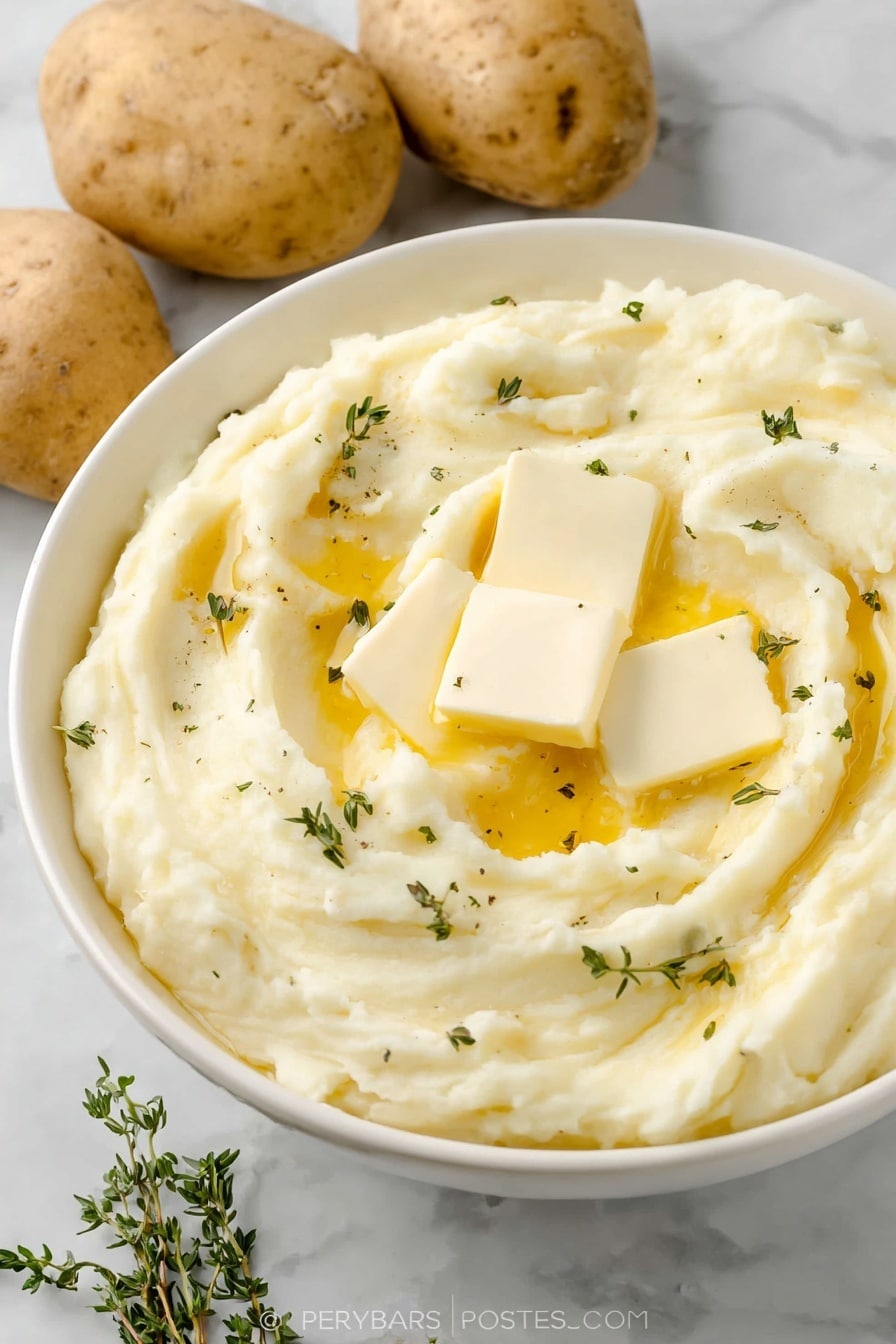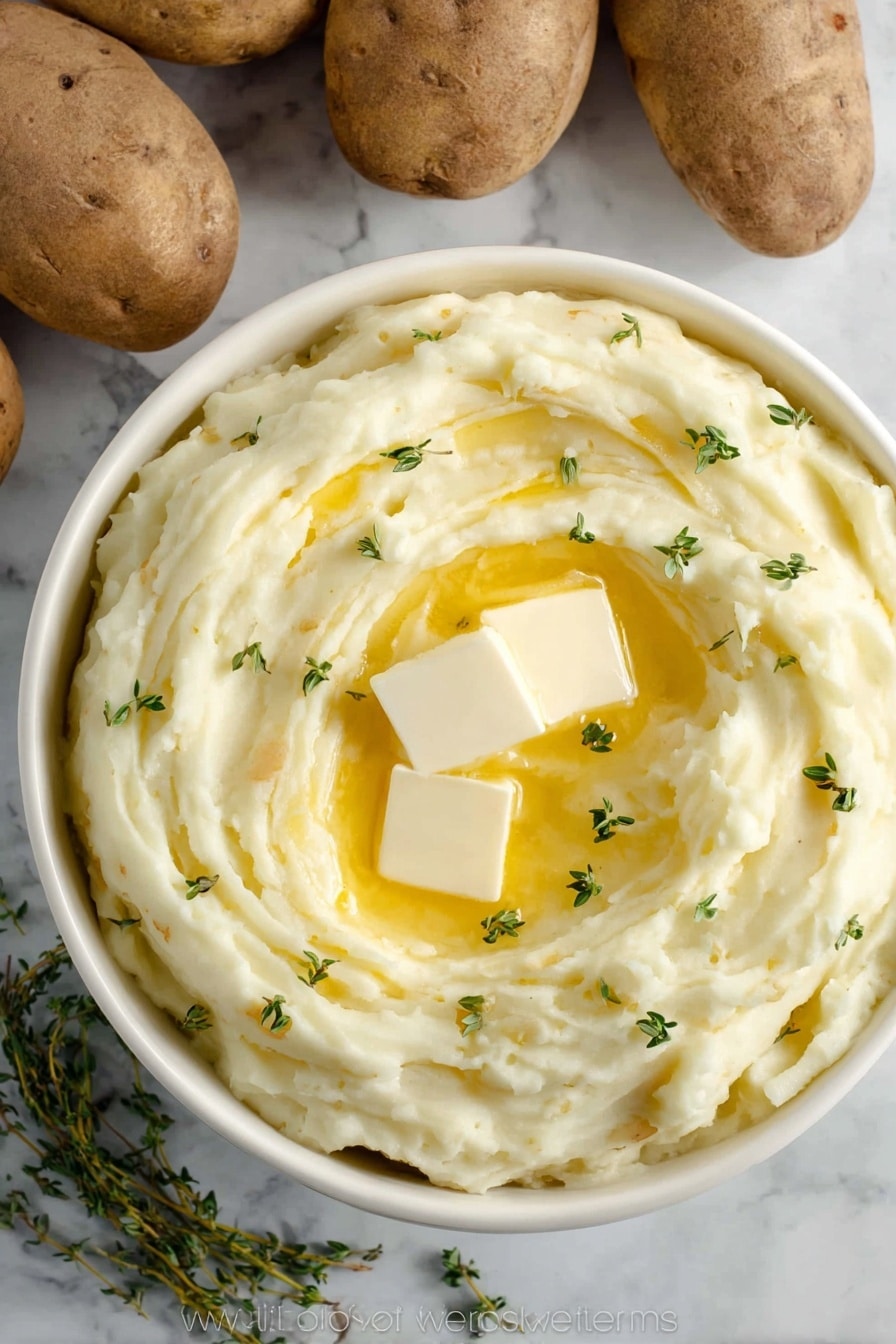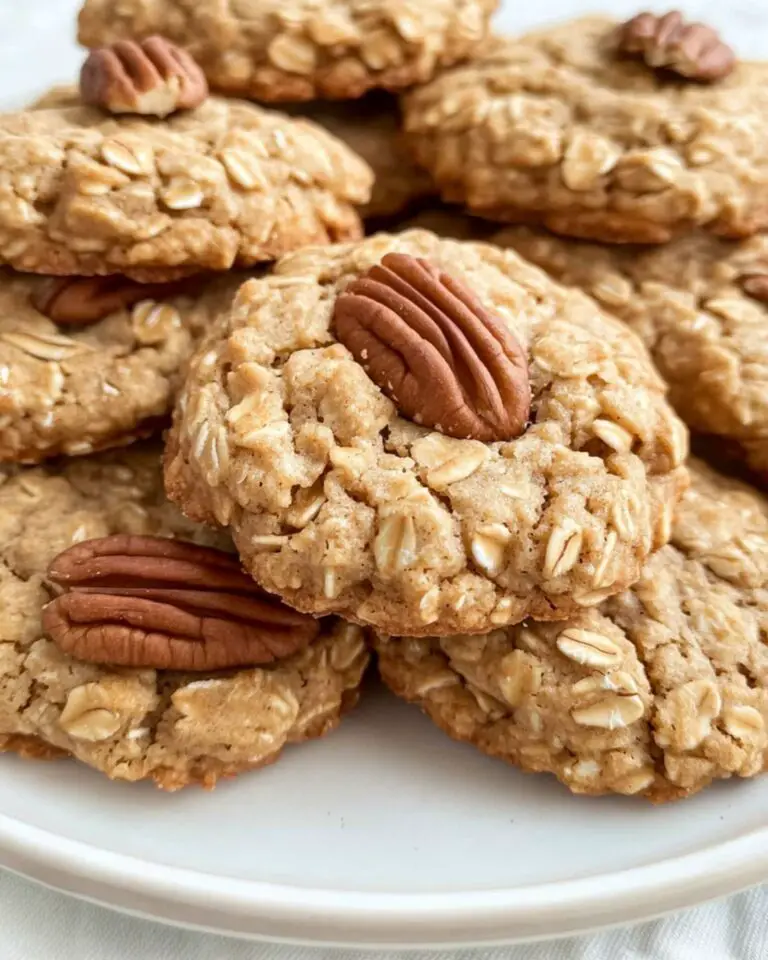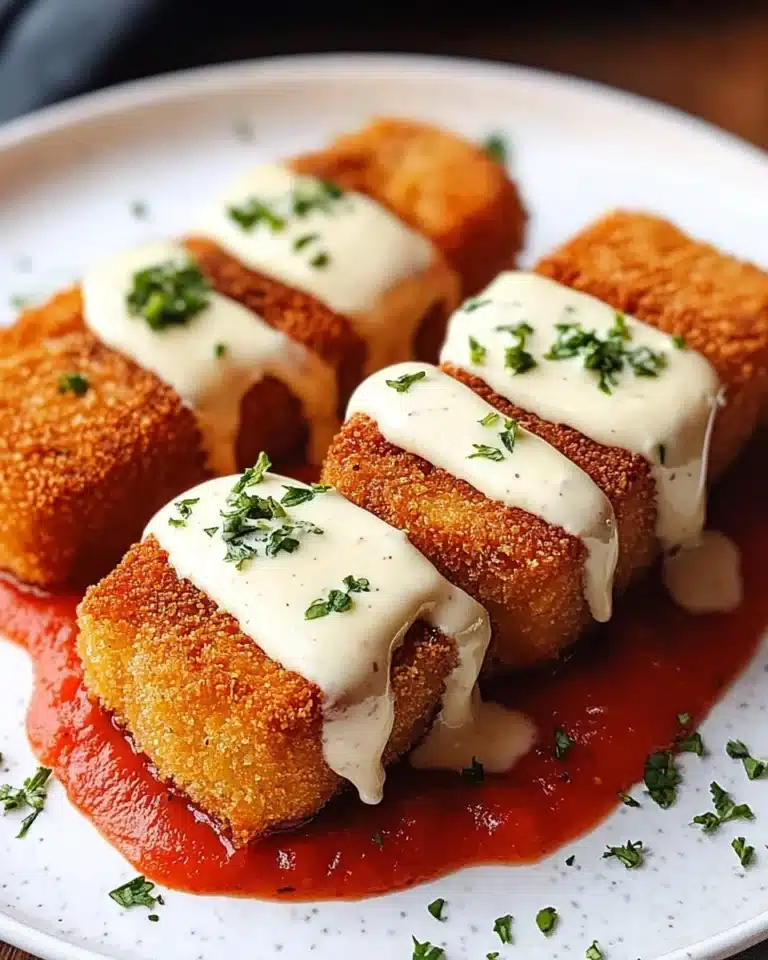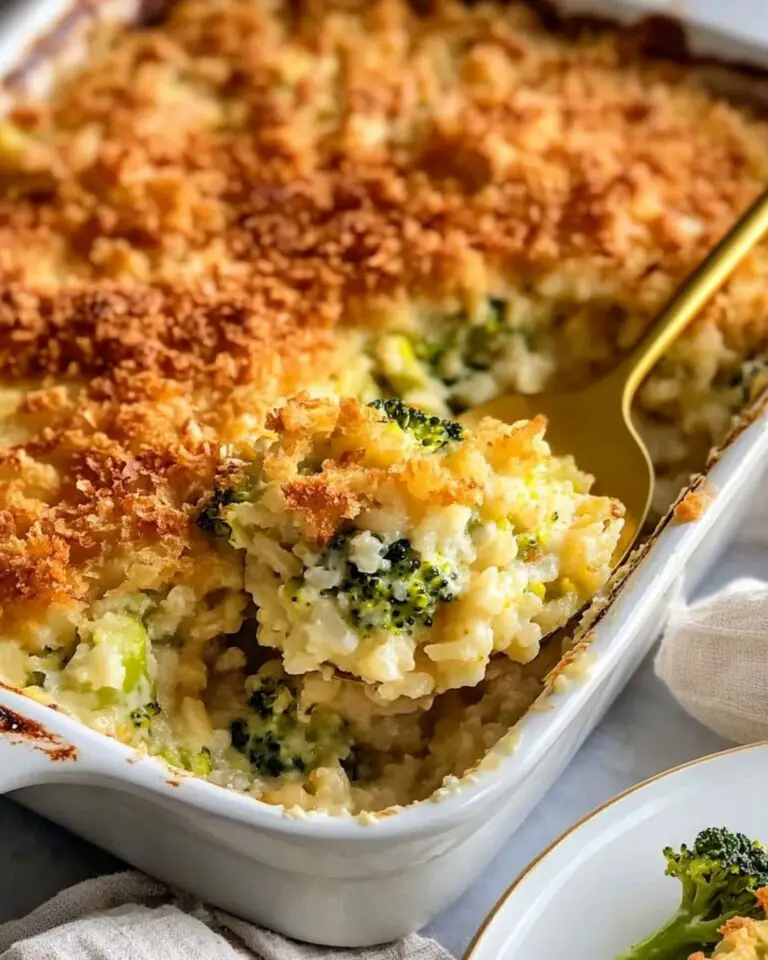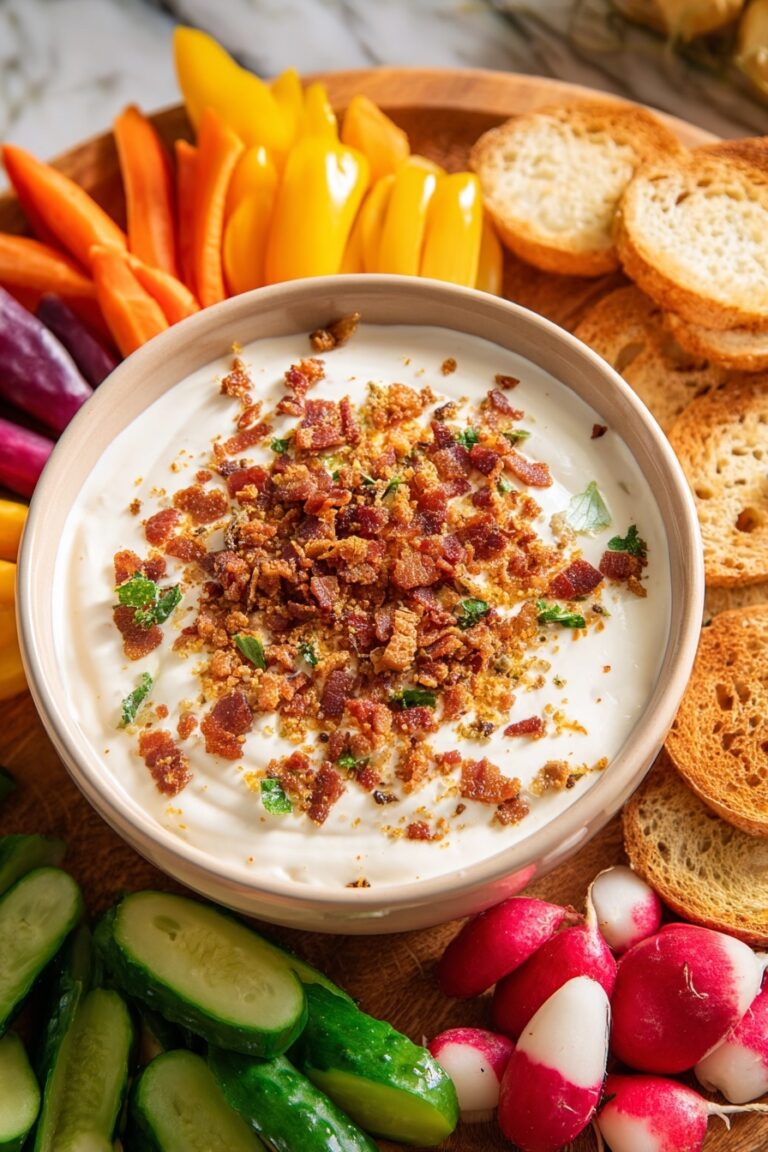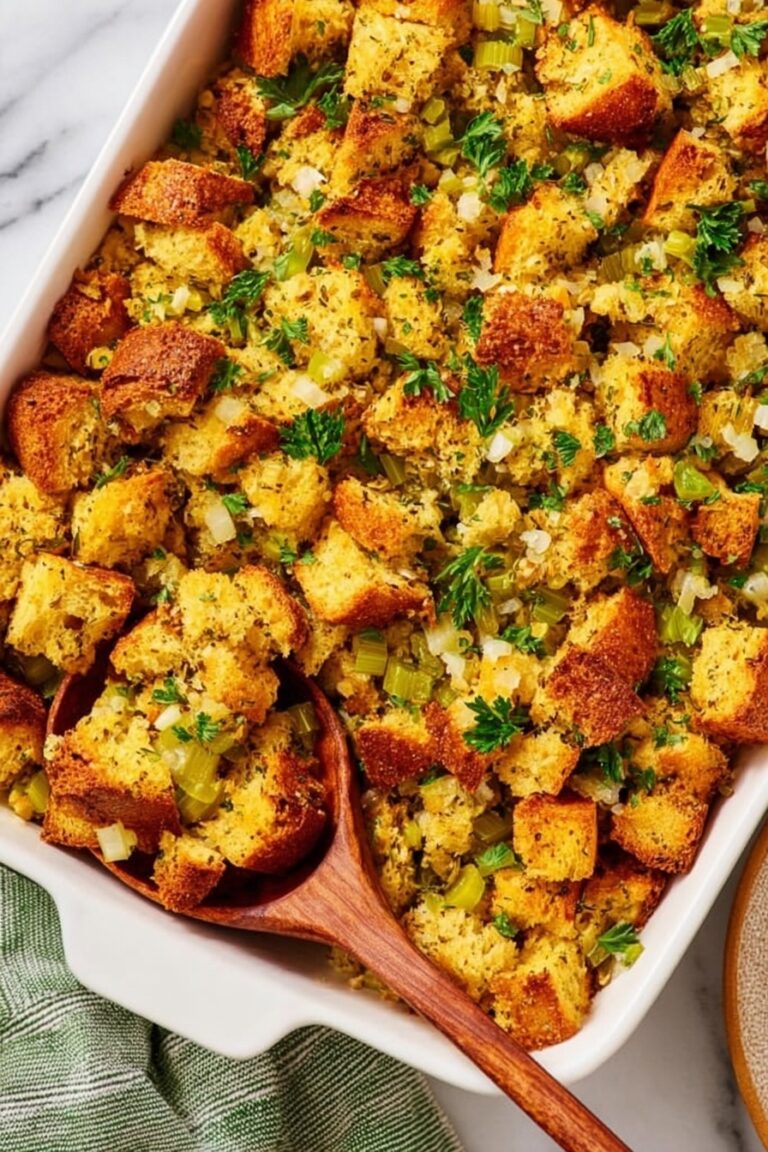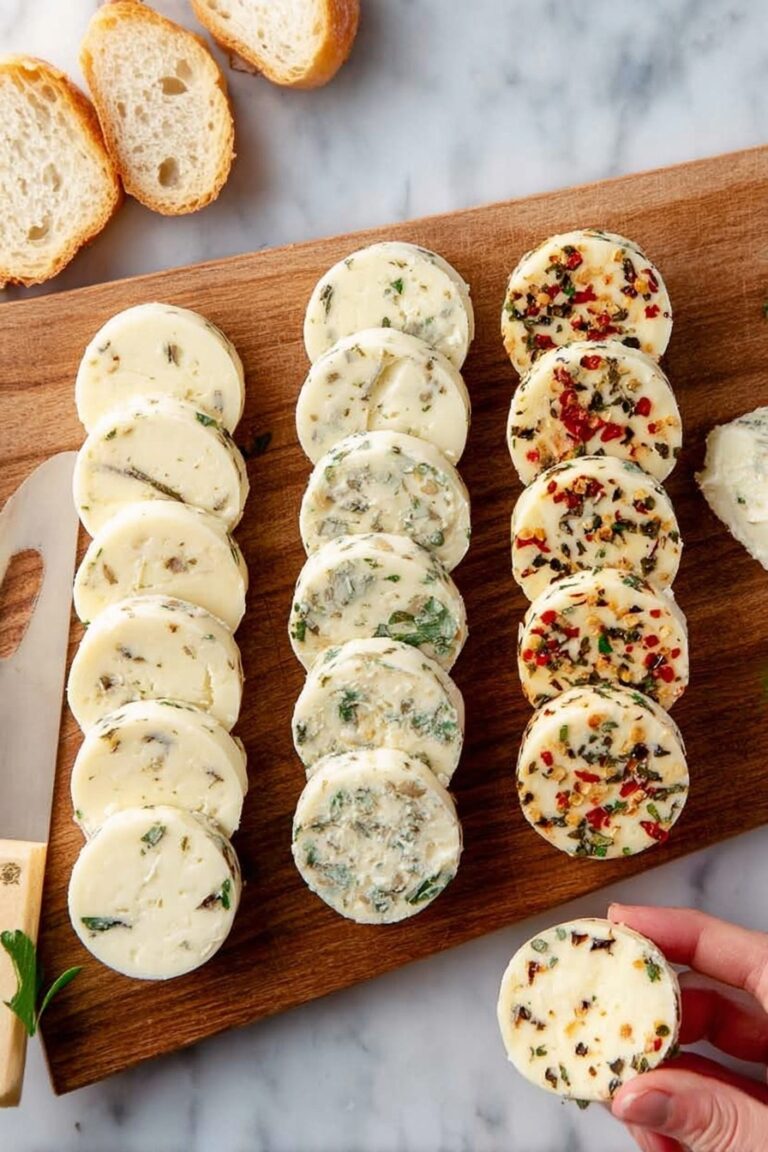If mashed potatoes are your ultimate comfort food (they sure are mine!), then you’re in the right place. I want to share with you The Best Mashed Potatoes Recipe that I’ve perfected over the years—creamy, buttery, with just the right amount of seasoning. Whether you’re making a weeknight side or prepping for the holidays, this recipe never fails to impress and makes the kitchen smell incredible. Keep reading because these mashed potatoes will quickly become your family’s favorite!
Why You’ll Love This Recipe
- Incredibly Creamy: Thanks to the combo of warm milk and plenty of butter, these mashed potatoes melt in your mouth.
- Simple Ingredients: You probably have everything on hand, making it a go-to at any time.
- Customizable: Whether you like garlic, extra butter, or a little kick of pepper, you can tweak the flavor to your liking.
- Consistently Reliable: I’ve tried a lot of methods, and this recipe never gives me dry or gummy potatoes.
Ingredients You’ll Need
The beauty of The Best Mashed Potatoes Recipe lies in its straightforward ingredients—all classic, simple, and easy to find. Each one plays a special role in creating that luscious texture and rich flavor you crave. I’ve learned that little details, like warming the milk and using salted butter, really elevate the end result.
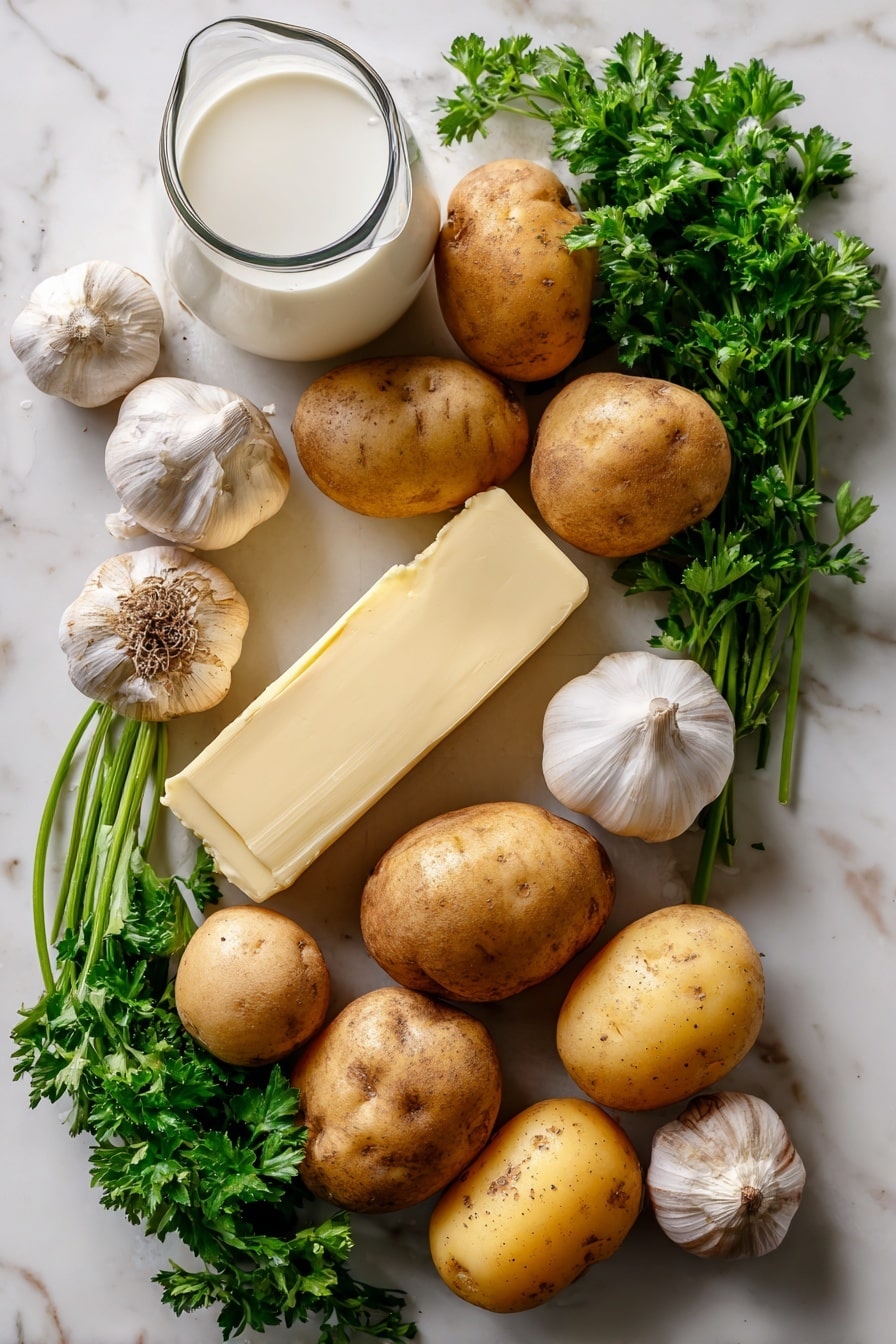
- Russet or Yukon Gold Potatoes: These are perfect because they mash easily and have just the right starch content—Russets for fluffiness, Yukon Gold for natural buttery flavor.
- Garlic (optional): Adds a subtle depth of flavor if you like your mash with a little extra zing.
- Salted Butter: Don’t skimp here! Butter is the secret to rich, creamy texture and fabulous flavor.
- Milk or Cream: I prefer warming this before adding to keep everything silky and hot.
- Salt: Essential for seasoning and amplifying the flavors.
- Black Pepper: Freshly ground gives the best taste and just a little kick.
Variations
One of the things I love most about this mashed potatoes recipe is how easy it is to customize. Over time, I’ve played around with different add-ins and tweaks that made my family’s taste buds go wild. Feel free to make these potatoes your own!
- Garlic Mashed Potatoes: I add whole garlic cloves to the boiling water to infuse a mild garlic flavor without overpowering the dish—my family can’t get enough of this subtle twist.
- Herbed Potatoes: Fresh chives, parsley, or thyme stirred in at the end add a bright pop of color and flavor.
- Cheesy Mash: For a decadent side, mix in sharp cheddar or Parmesan cheese right before serving.
- Dairy-Free Version: Swap butter for olive oil or vegan margarine and use unsweetened almond or oat milk warmed gently in place of dairy milk.
How to Make The Best Mashed Potatoes Recipe
Step 1: Prep and Boil the Potatoes
Start by peeling and quartering your potatoes into evenly sized pieces—that way, they cook evenly and mash smoothly. Place them in a large pot of cold, salted water along with garlic cloves if you’re using them. Starting with cold water helps the potatoes cook evenly instead of turning mushy on the outside while the inside stays hard. Bring everything to a boil uncovered and cook for about 15 minutes, or until you can easily pierce the potatoes with a fork. Drain them well—don’t rush this part because excess water can lead to soggy mash.
Step 2: Heat the Milk and Melt the Butter
While your potatoes are draining, warm your milk or cream gently on the stove or in the microwave. This keeps the potatoes piping hot and helps the liquid absorb better. Melt the butter separately; I use salted butter because it adds an extra layer of flavor, but unsalted works fine if you adjust the seasoning later.
Step 3: Mash and Mix
Back to the hottest potatoes you just drained: add your butter first, then start mashing by hand with a potato masher or a potato ricer for the silkiest texture. Resist the urge to use an electric mixer or food processor here—I’ve learned the hard way that these can overwork the starch and make your mash gluey. Slowly pour in your warm milk or cream a little at a time, mashing in between to check the consistency. You want creamy, soft potatoes that still hold their shape.
Step 4: Season and Serve Hot
Finally, season generously with salt and freshly ground black pepper. Give it a good stir, taste, and adjust seasoning if needed. Serve immediately while it’s steaming hot—there’s nothing quite like these buttery, fluffy mashed potatoes fresh from the pot.
Pro Tips for Making The Best Mashed Potatoes Recipe
- Drain Thoroughly: I usually let my potatoes sit in the colander for at least 5 minutes after draining. For extra fluffy mash, putting them back on the stove for a minute or two helps evaporate any lingering moisture.
- Use a Hand Masher or Ricer: This is my go-to for texture because electric mixers can make things gummy—I speak from experience!
- Don’t Skip the Butter: Butter isn’t just about flavor; it shortens starch molecules, giving you that creamy mouthfeel eyes closed-you’re in heaven moment.
- Warm Your Dairy: Adding hot milk or cream keeps the potatoes warm and helps them absorb the liquid better, preventing lumps.
How to Serve The Best Mashed Potatoes Recipe
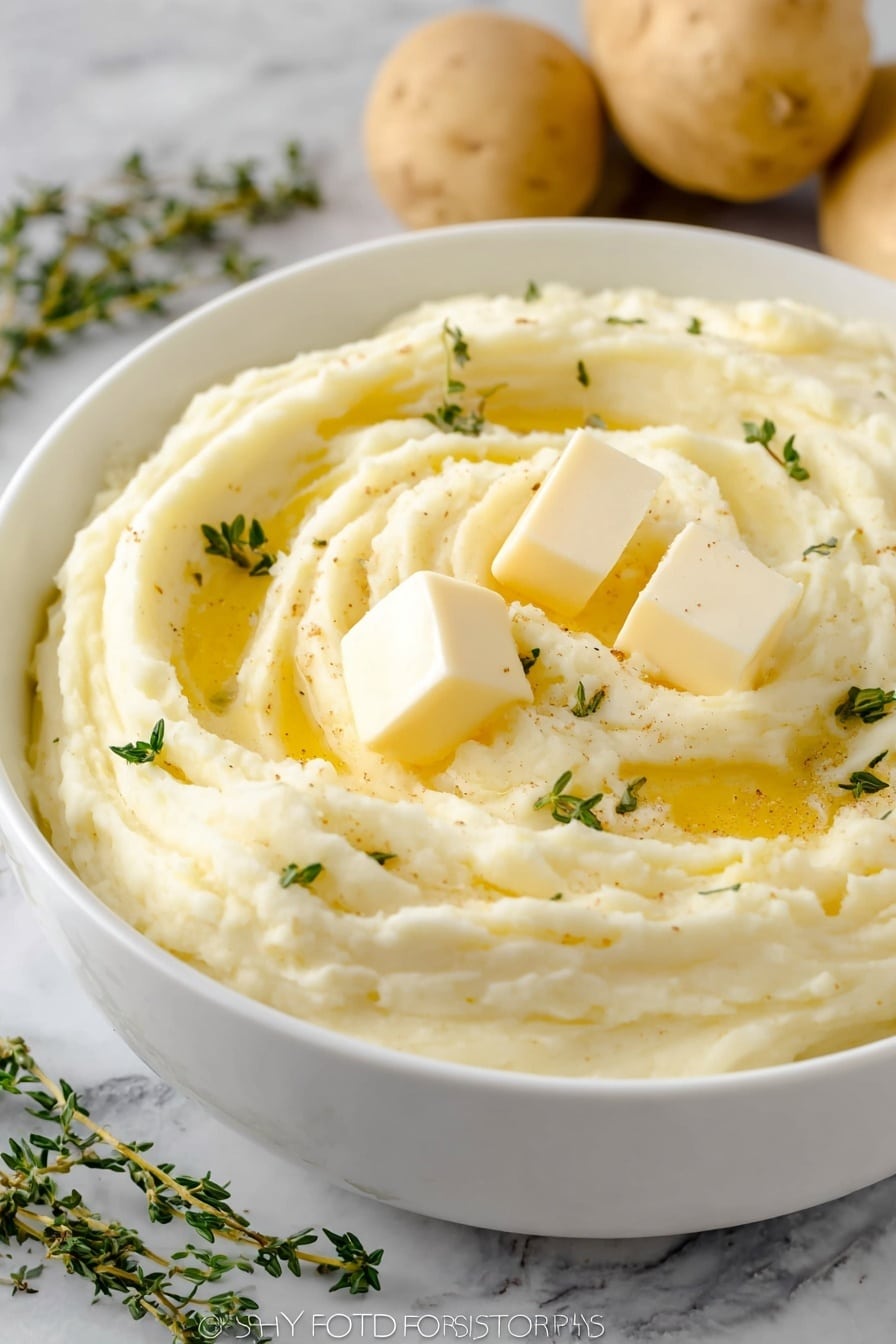
Garnishes
I love topping these mashed potatoes with a sprinkle of fresh chopped chives or parsley for color and a fresh flavor dimension. Sometimes I add a small knob of butter right before serving to create a dreamy, glossy finish. A dusting of smoked paprika or cracked black pepper is another subtle way to jazz things up without overpowering the buttery goodness.
Side Dishes
This mashed potato recipe pairs beautifully with classic meatloaf, roasted chicken, Thanksgiving turkey, or even hearty stews. My family goes crazy when I serve it alongside garlic butter green beans or honey-glazed carrots—simple sides that complement rather than compete.
Creative Ways to Present
For holidays or special dinners, I spread the mashed potatoes into a buttered casserole dish and bake them until the top is golden and slightly crispy. It adds a lovely texture contrast and makes the dish look festive. You can also pipe the mashed potatoes into fancy swirls using a large star tip for a wow factor that’s easier than it sounds!
Make Ahead and Storage
Storing Leftovers
I like to let my leftover mashed potatoes cool completely, then store them in an airtight container in the fridge. They keep well for about 3 to 4 days. When it’s time to enjoy again, you’ll find that careful reheating brings them right back.
Freezing
Freezing mashed potatoes is totally doable! After cooling, portion the mash into freezer-safe bags or containers and freeze for up to 2 months. When I tried freezing, I noticed a slight change in texture once thawed, so I recommend adding a splash of milk or cream when reheating to revive that creaminess.
Reheating
My favorite way to reheat leftover mashed potatoes is spreading them in a greased casserole dish, dotting with butter, and baking at 325°F until hot and bubbly—usually about 35–40 minutes. This method keeps them moist and even crisp on top if you leave them uncovered for the last 10 minutes. If you’re in a hurry, reheating gently on the stove with a splash of cream while stirring works well too.
FAQs
-
What type of potatoes make the best mashed potatoes?
Russet and Yukon Gold potatoes are the best choices. Russets give you fluffy, light mash due to their high starch content, while Yukon Golds offer a naturally buttery flavor and creamy texture. Sometimes I mix both for the best of both worlds.
-
Can I make mashed potatoes ahead of time?
Absolutely! Make them a day or two in advance, cool completely, and store in an airtight container in the refrigerator. When you’re ready, reheat gently in the oven with butter or on the stove with a splash of milk to freshen them up.
-
How do I avoid gummy mashed potatoes?
The key is to mash by hand using a potato masher or ricer and avoid over-mixing with electric tools, which can break down the starch too much. Also, drain potatoes thoroughly and add warmed butter and milk gradually.
-
Is it okay to skip the butter or use margarine?
Butter is what gives mashed potatoes that rich, smooth texture and flavor. While margarine or oil can be used for dietary reasons, the flavor won’t be quite the same. If you do substitute, adjust seasoning accordingly.
-
Can I add garlic to mashed potatoes?
Yes! Adding whole garlic cloves to the boiling water infuses a mellow garlic flavor without overwhelming the dish. You can also mash roasted garlic into the potatoes for a deeper, sweet garlic taste—one of my favorite variations.
Final Thoughts
I absolutely love how this truly is The Best Mashed Potatoes Recipe—it’s simple yet delivers that melt-in-your-mouth creaminess everyone envies. When I first tried this technique of warming the milk and adding butter first, it totally transformed my mashed potatoes from just okay to restaurant-worthy. Trust me, once you make this recipe, you’ll have a reliable side dish that works with almost any meal, and your family will keep asking for seconds. Give it a try and make some happy memories around the dinner table!
Print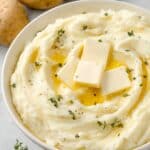
The Best Mashed Potatoes Recipe
- Prep Time: 15 minutes
- Cook Time: 20 minutes
- Total Time: 35 minutes
- Yield: 10 servings
- Category: Side Dish
- Method: Stovetop
- Cuisine: American
- Diet: Vegetarian
Description
Classic creamy mashed potatoes made with russet or Yukon gold potatoes, garlic, butter, and warm milk or cream. This comforting side dish is easy to prepare, perfectly seasoned, and ideal for any meal or holiday gathering.
Ingredients
Potatoes
- 4 pounds russet or Yukon gold potatoes
- 3 cloves garlic (optional)
Dairy & Seasoning
- ⅓ cup melted salted butter
- 1 cup milk or cream
- Salt to taste
- Black pepper to taste
Instructions
- Prepare Potatoes: Peel and quarter the potatoes into evenly sized pieces to ensure uniform cooking. Place them in a large pot filled with cold salted water to start cooking evenly.
- Cook Potatoes and Garlic: Add garlic cloves if using. Bring the pot to a boil uncovered and cook the potatoes for about 15 minutes or until they become fork-tender. Drain the potatoes well to remove excess water.
- Heat Milk: Warm the milk or cream on the stovetop or microwave until hot, which helps the potatoes absorb it better and keeps the dish warm.
- Mash Potatoes: Return the drained potatoes to the pot or a bowl. Add the melted butter and begin mashing with a potato masher or ricer. Gradually pour in the warm milk while continuing to mash until you reach your desired creamy consistency.
- Season and Serve: Taste and season with salt and black pepper as preferred. Serve the mashed potatoes hot for the best flavor and texture.
Notes
- Drain Well: Let drained potatoes sit for about 5 minutes to ensure excess moisture evaporates. You can also return them to the warm pot to evaporate any remaining liquid.
- Mash by Hand: Use a hand masher or potato ricer for creamy texture. Avoid electric mixers to prevent gummy potatoes caused by breaking down starches.
- Add Butter: Use plenty of salted butter for rich, creamy mashed potatoes. Unsalted butter can be used if you prefer, adjusting the seasoning accordingly.
- Heat Milk/Cream: Always heat the milk or cream before adding it to the potatoes to keep the mixture warm and help absorption.
- Make Ahead: Prepare mashed potatoes as directed, cool completely, and refrigerate in an airtight container. Reheat by spreading in a greased casserole dish, dotting with butter, and baking at 325°F for 35-40 minutes until heated through, optionally baking uncovered for a browned crust.
Nutrition
- Serving Size: 1 cup (approx. 200g)
- Calories: 210
- Sugar: 2g
- Sodium: 260mg
- Fat: 8g
- Saturated Fat: 5g
- Unsaturated Fat: 3g
- Trans Fat: 0g
- Carbohydrates: 32g
- Fiber: 3g
- Protein: 4g
- Cholesterol: 25mg

